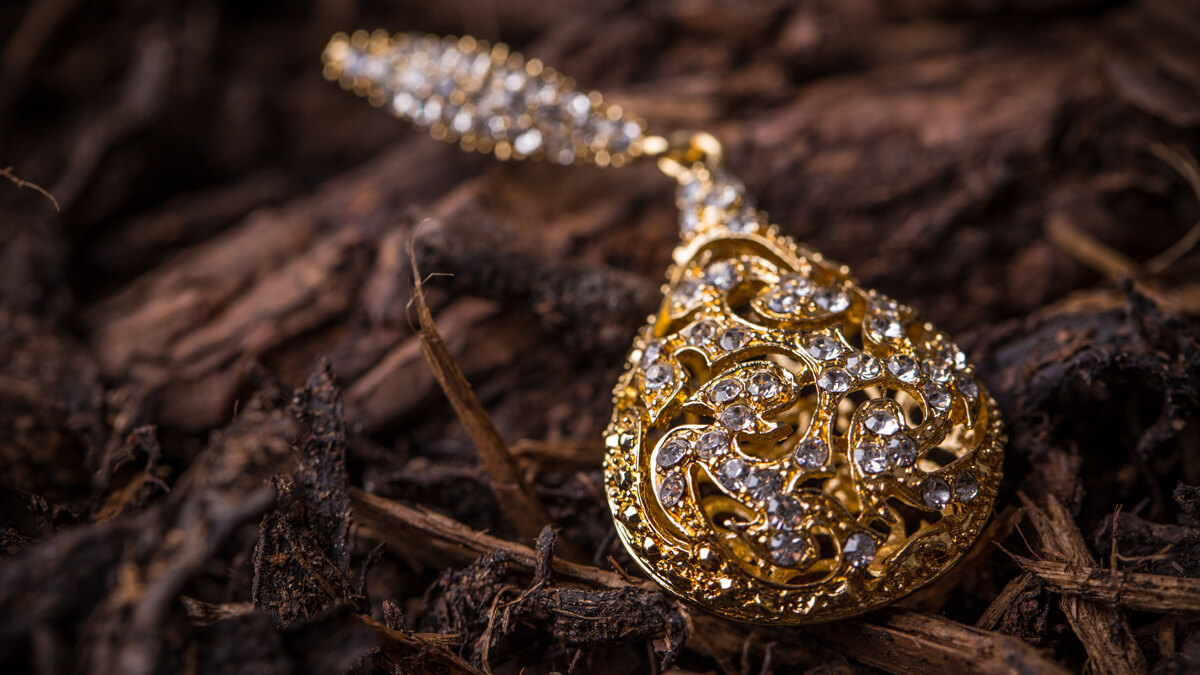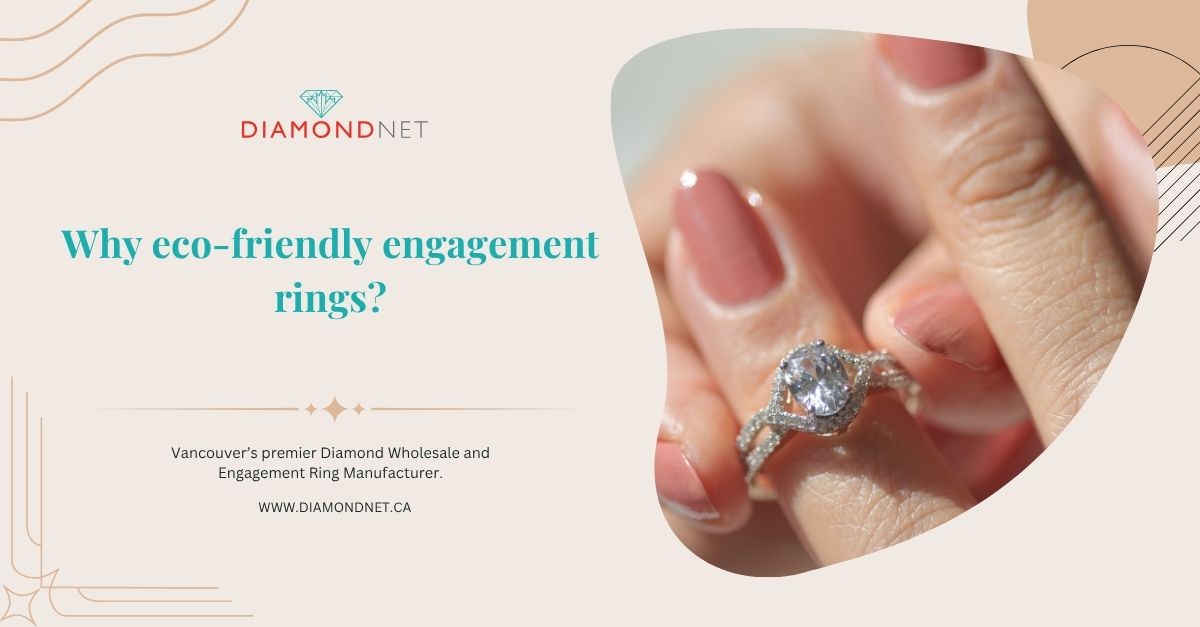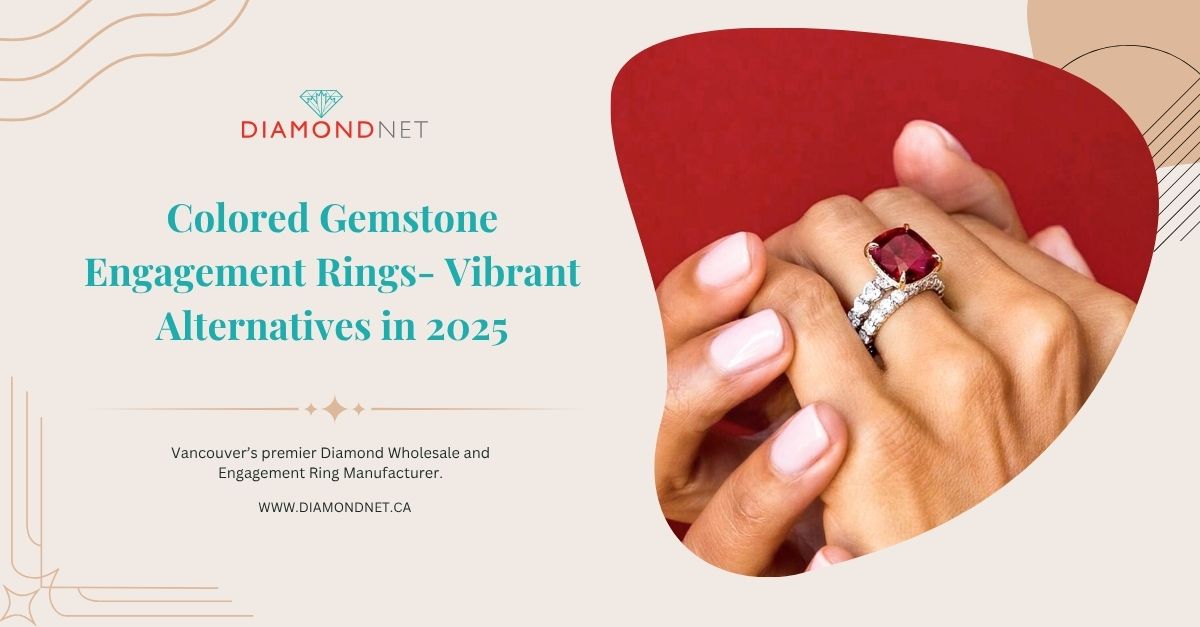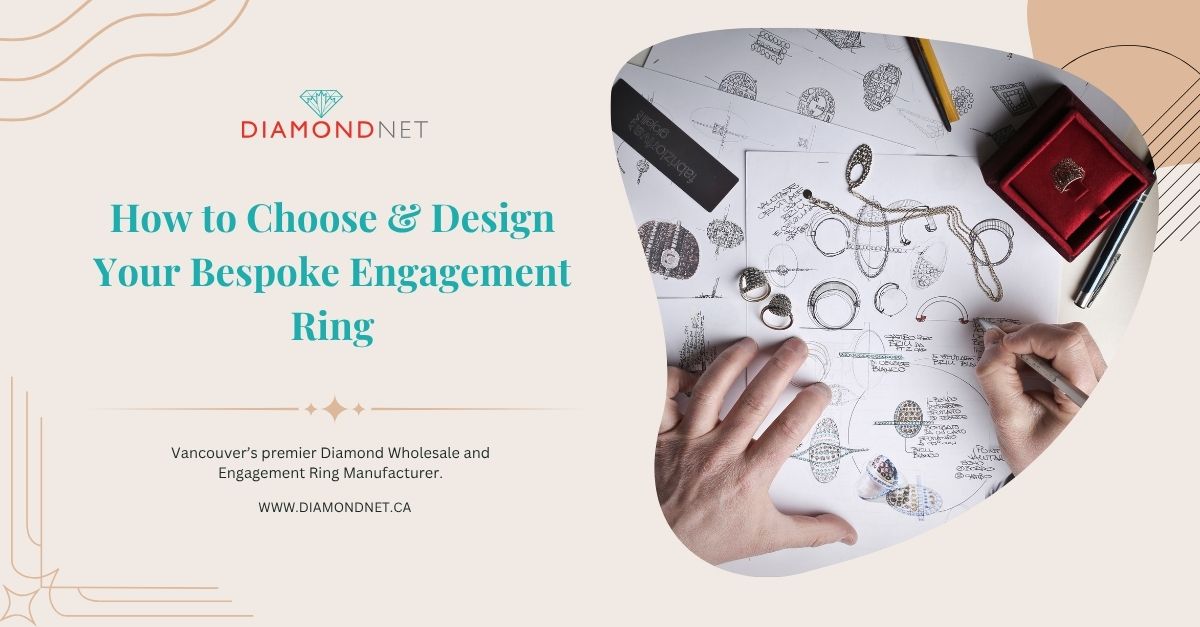The fascinating history of diamonds: From ancient times to modern
Diamonds are one of the most precious and sought-after gemstones in the world. They have been valued for their beauty, rarity, and durability for centuries. From ancient times to modern, diamonds have played an important role in human history. Let’s take a journey through time to explore the fascinating history of diamonds.
The early days: Diamonds in ancient times
Diamonds were first discovered in India over 2,500 years ago. They were initially used as religious icons and talismans to ward off evil spirits. In India, diamonds were believed to have healing properties and were used in Ayurvedic medicine. The first diamonds were found in the Golconda region of India, which became the world’s primary source of diamonds until the 18th century.
Over time, diamonds became more valuable and sought-after. They were traded along the Silk Road, a network of trade routes across Asia, connecting the East and the West. Diamond trading centers were established in India, Persia, and the Middle East.
The rise of diamonds: The middle ages and renaissance
During the middle ages, diamonds were considered a symbol of power and strength. They were often worn by kings and queens to signify their wealth and status. The first diamond engagement ring was given by Archduke Maximilian of Austria to his betrothed, Mary of Burgundy, in 1477.
In the Renaissance era, diamonds became more popular and widely available. This was due to the discovery of diamond deposits in Brazil in the 18th century. The diamond trade began to expand, and diamond cutting techniques were developed to enhance the beauty of the stones.
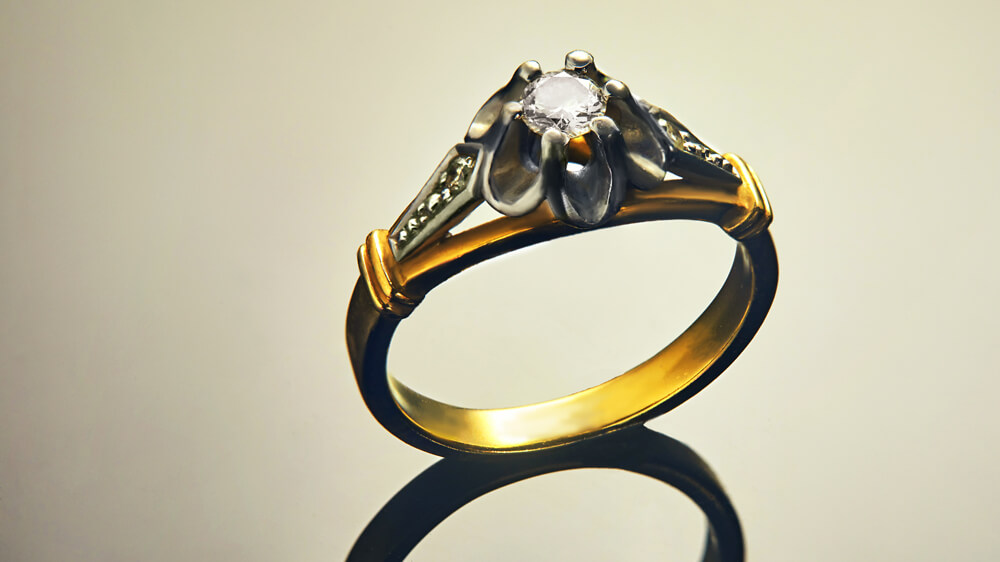
The modern era: Diamonds in the 20th century
In the 20th century, diamonds became even more popular and desirable. The De Beers diamond company was founded in 1888 and quickly became the dominant force in the diamond industry. They created the famous “A Diamond is Forever” marketing campaign in the 1940s, which made diamonds a symbol of love and commitment.
During World War II, the diamond industry faced challenges as diamond supplies were cut off due to the war. However, after the war ended, the demand for diamonds increased, and the diamond industry flourished. In the 1950s, diamonds were used in industrial applications such as cutting and drilling due to their extreme hardness. This led to the development of synthetic diamonds, which are now used in a variety of industries.
Today’s diamond industry
Today, diamonds are still highly valued and sought after. The diamond industry has developed ethical and sustainable practices to ensure that diamonds are mined and traded responsibly. The Kimberley Process Certification Scheme was established in 2003 to prevent conflict diamonds from entering the market. This initiative has helped to reduce the trade in conflict diamonds significantly.
Lab-grown diamonds have also become more popular as a sustainable and affordable alternative to natural diamonds. These diamonds are created in a lab using advanced technology and have the same physical and chemical properties as natural diamonds. They are also more sustainable as they do not require mining.
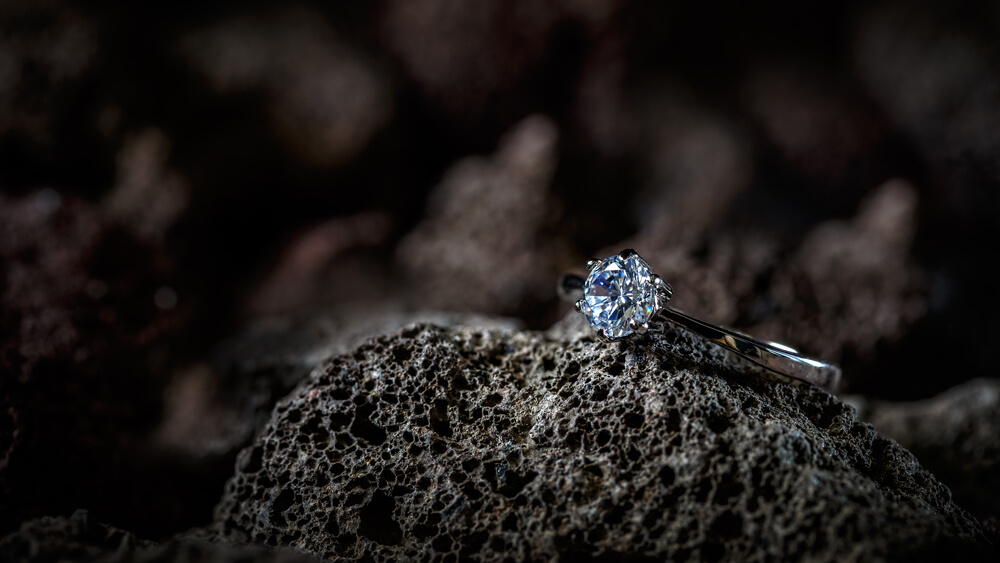
Interesting facts about diamonds
Here are some interesting facts about diamonds:
- The largest diamond ever found is the Cullinan diamond, which weighed 3,106 carats.
- Diamonds are the hardest natural substance on Earth, scoring a 10 on the Mohs scale of mineral hardness.
- The Hope Diamond is believed to be cursed, bringing bad luck to anyone who owns it.
- Diamonds were once believed to have healing powers and were used in ancient medicine.
- The word “diamond” comes from the Greek word “adamas,” meaning unconquerable or unbreakable.
Concussion
In conclusion, the history of diamonds is a fascinating journey through time. From their origins in ancient India to their use in modern technology, diamonds have played an important role in human history. Their beauty, rarity, and durability have made them a symbol of love, power, and wealth. The diamond industry has evolved over time to meet changing demands and challenges, and today, the industry is committed to sustainability and ethical practices.
